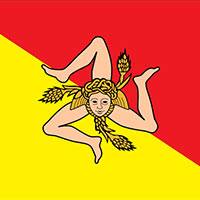Off Topic:
Early Christian Monuments of Ravenna (UNESCO HERITAGE)
My favourite travel destinations are Sicily (of course), London, Svalbard, Bayreuth (Wagner Festival), New York - and Ravenna.
Here are some of my photos from the UNESCO World Heritage city of Ravenna.
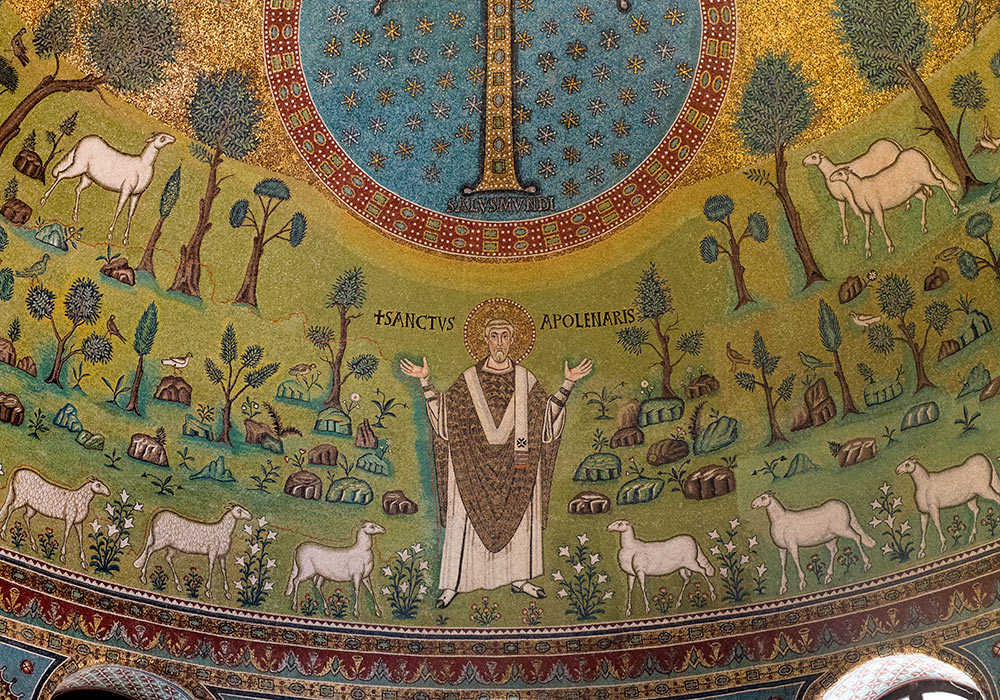
Sant'Apollinare in Classe
UNESCO: "The serial property Early Christian Monuments of Ravenna in north-east Italy consists of eight monuments, namely the Mausoleum of Galla Placidia, the Neonian Baptistery, the Basilica of Sant'Apollinare Nuovo, the Arian Baptistery, the Archiepiscopal Chapel, the Mausoleum of Theodoric, the Church of San Vitale and the Basilica of Sant'Apollinare in Classe, built between the 5th and 6th centuries AD. These religious monuments, decorated with precious marble, stuccos and mosaics, reflect the major historical, political and religious events that took place in Ravenna, which became the capital of the Western Roman Empire in 402 AD, and remained prominent first Ostrogothic and then Byzantine capital in Italy through the fifth and sixth centuries."
The Neonian Baptistery
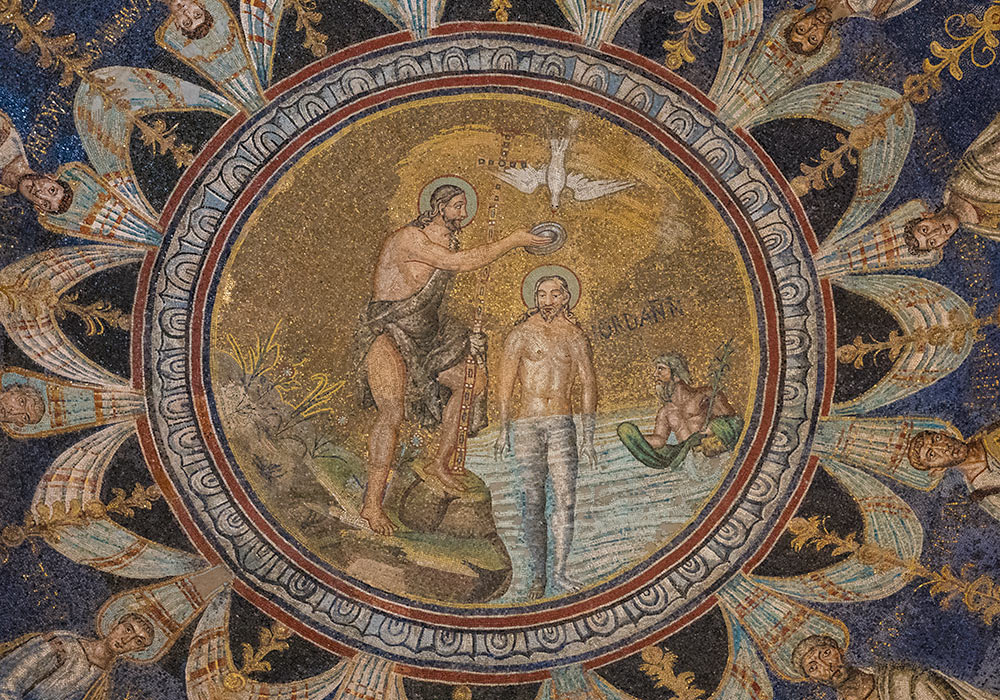
The Neonian Baptistery.
Sant'Apollinare in Classe

Sant'Apollinare in Classe
Apollinaris of Ravenna (Italian: Apollinare) is a Syrian saint, whom the Roman Martyrology describes as "a bishop who, according to tradition, while spreading among the nations the unsearchable riches of Christ, led his flock as a good shepherd and honoured the Church of Classis near Ravenna by a glorious martyrdom." (Wikipedia)
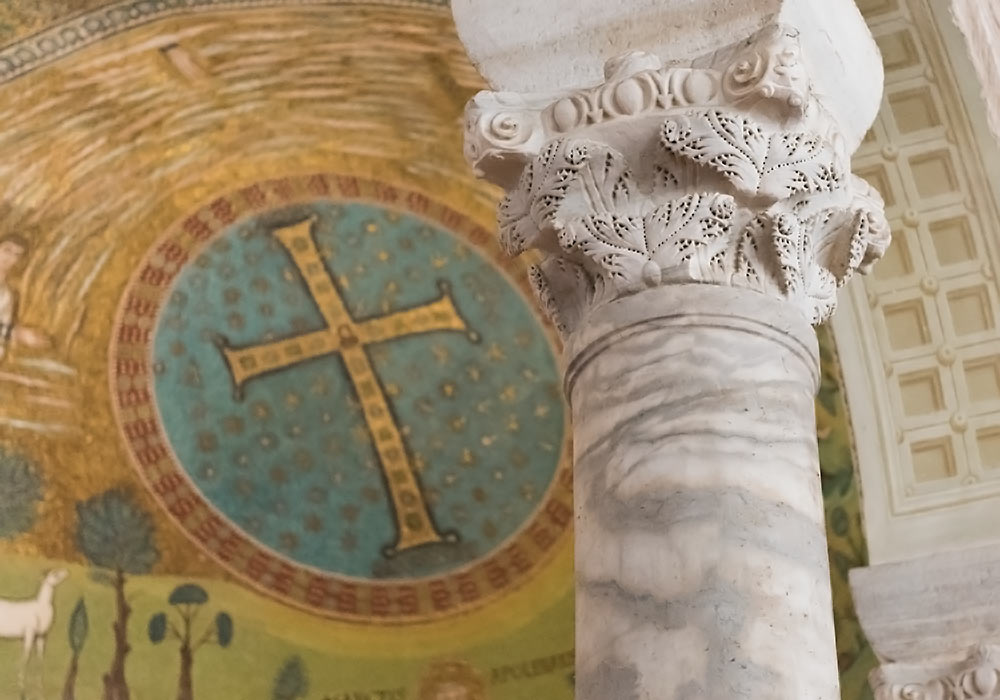
Sant'Apollinare in Classe
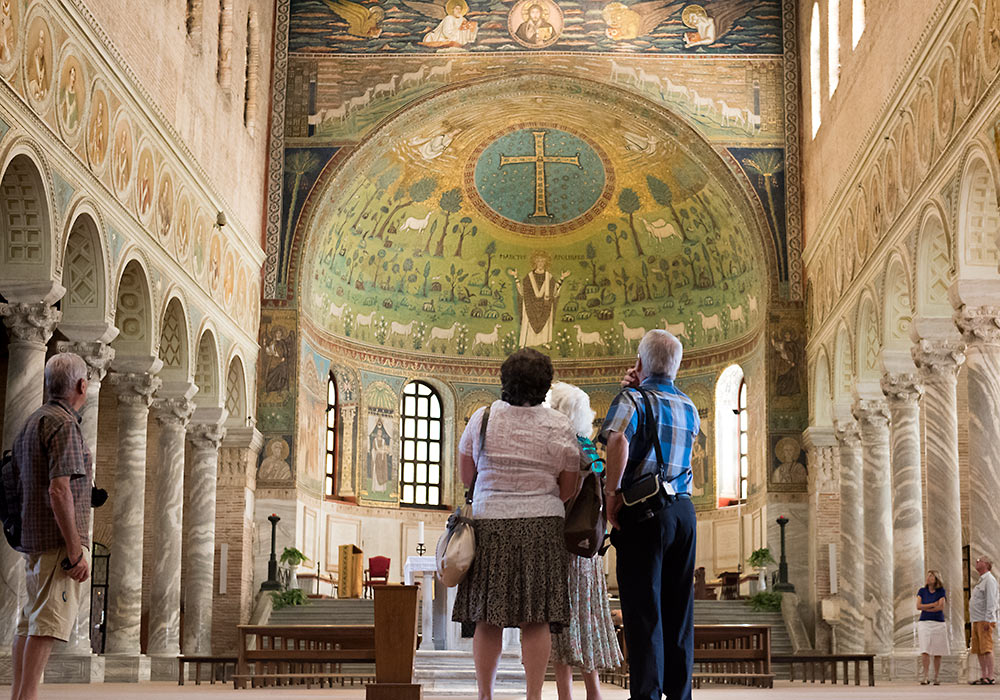
Sant'Apollinare in Classe
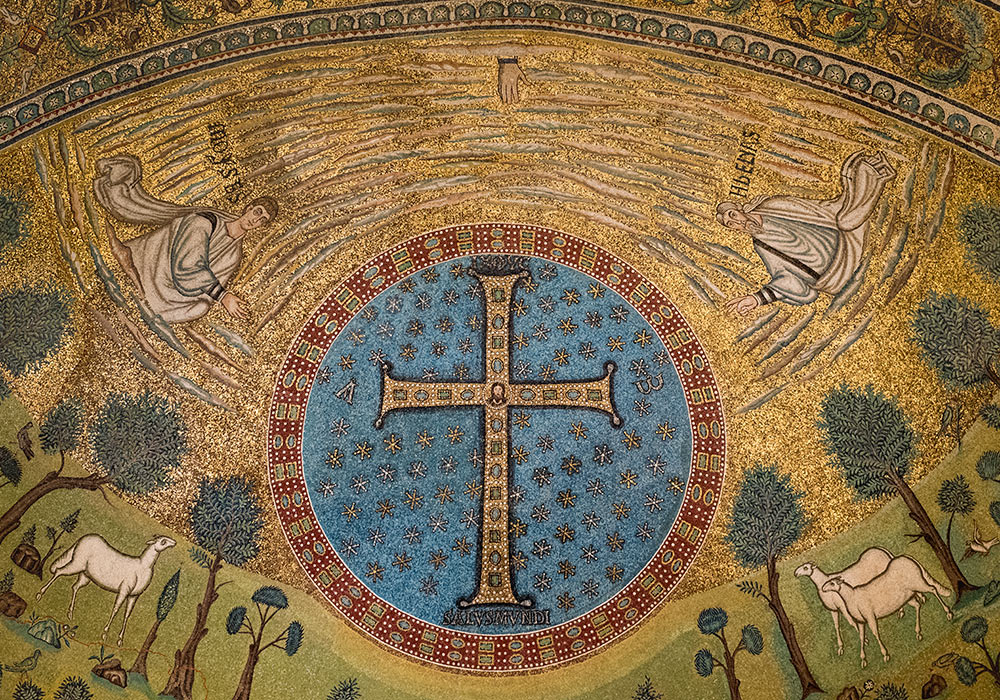
Sant'Apollinare in Classe
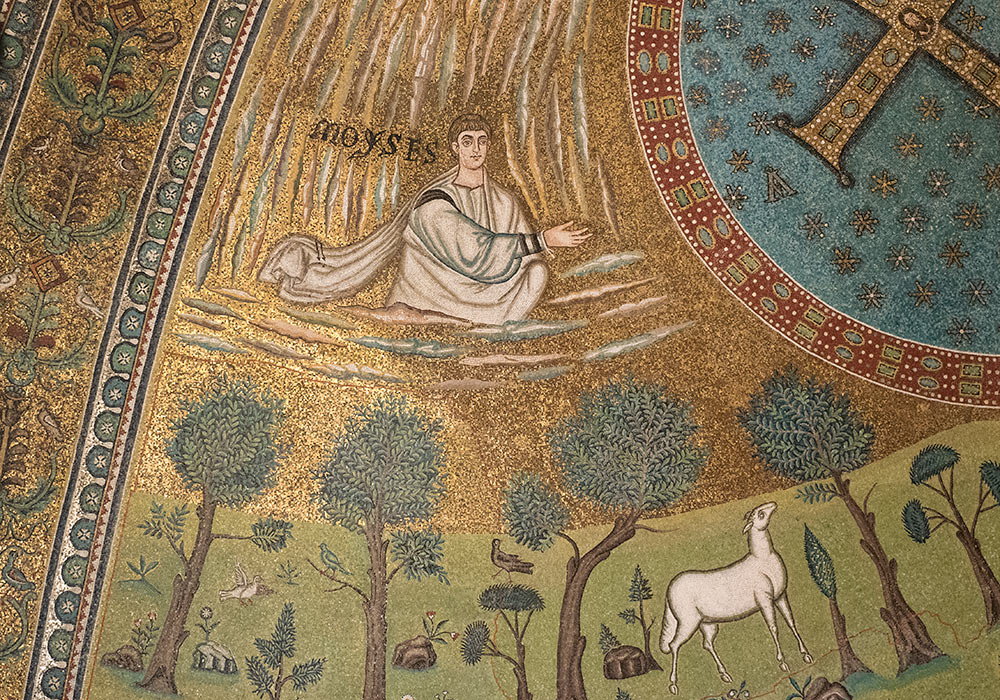
Sant'Apollinare in Classe
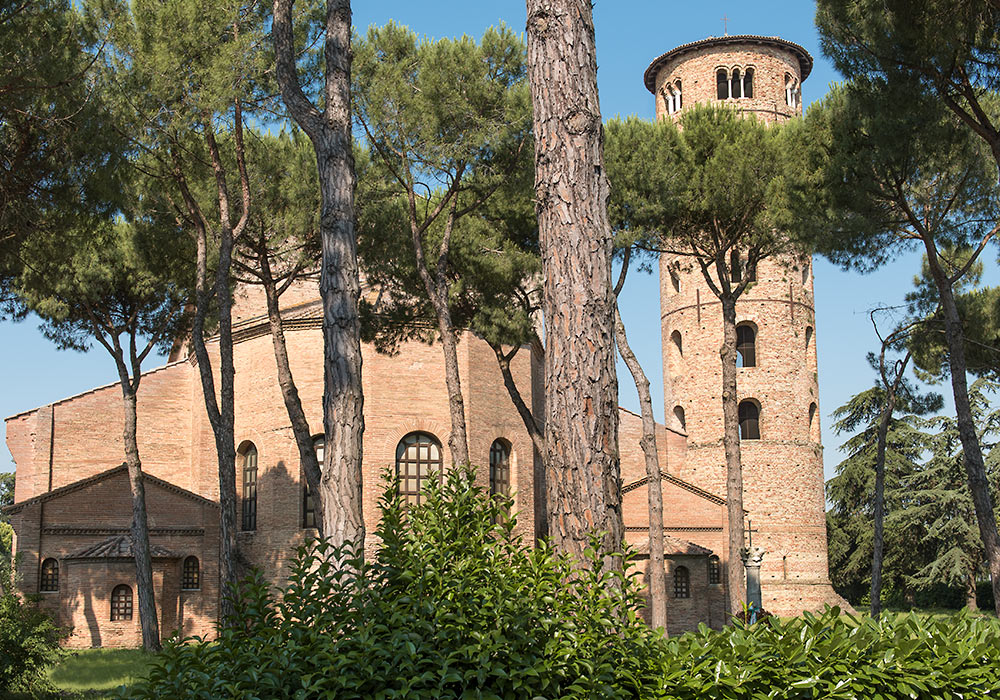
Sant'Apollinare in Classe
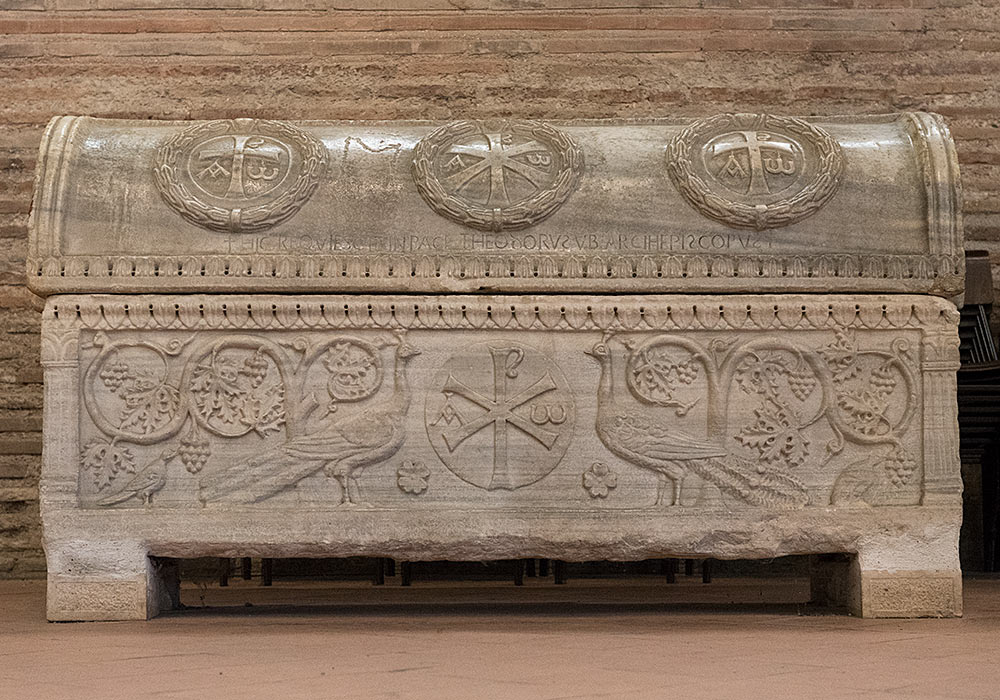
The sarcophagus of archbishop Theodorus, Sant'Apollinare in Classe.
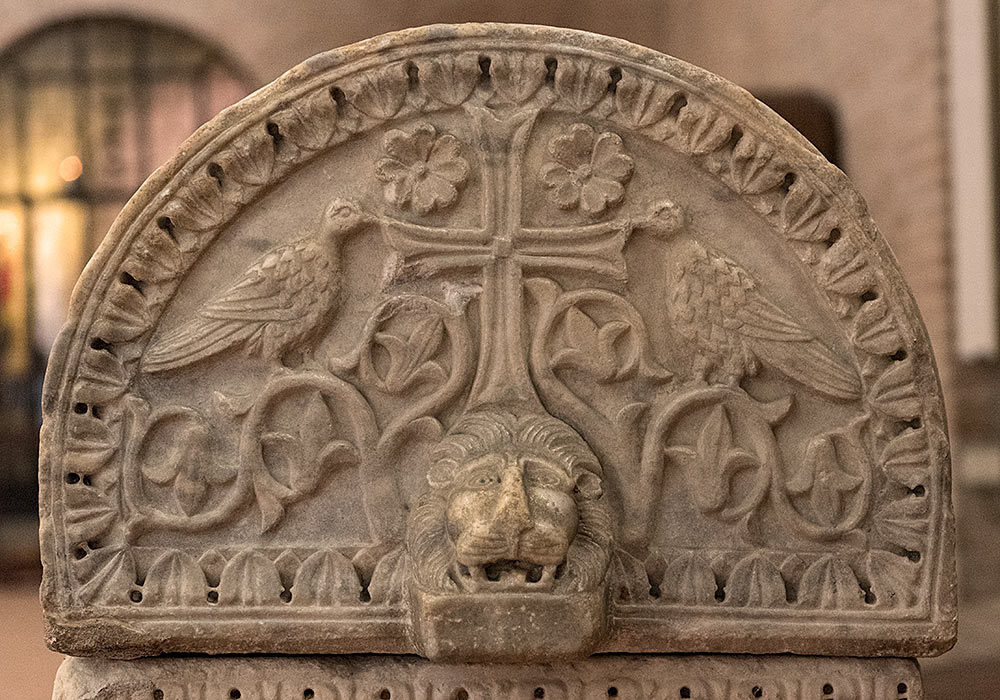
Sarcophagus lid, Sant'Apollinare in Classe
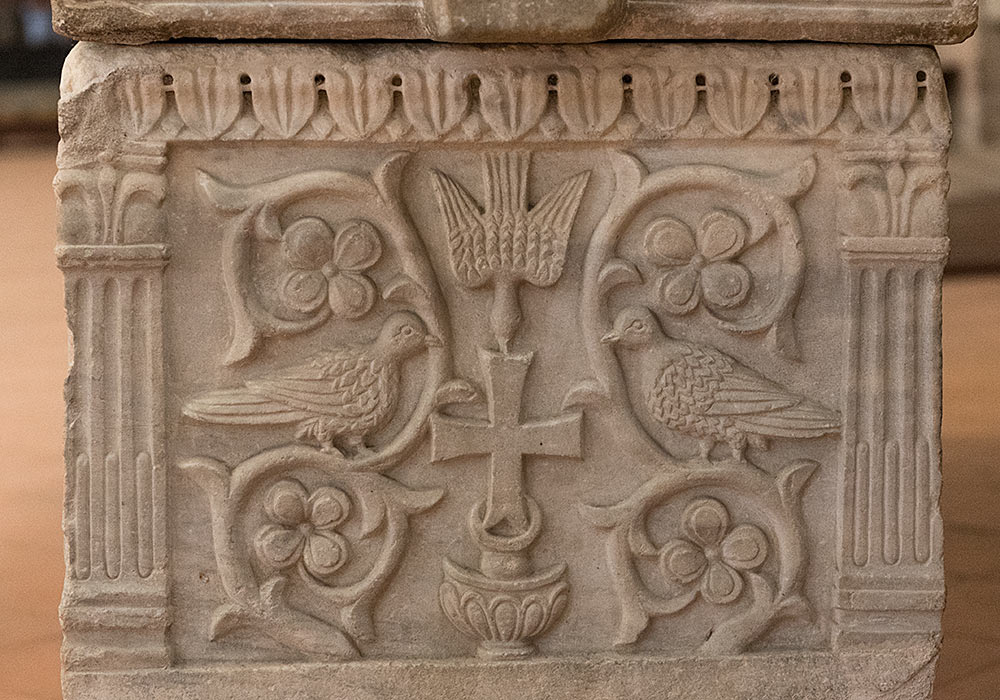
Theoderic's Mausoleum
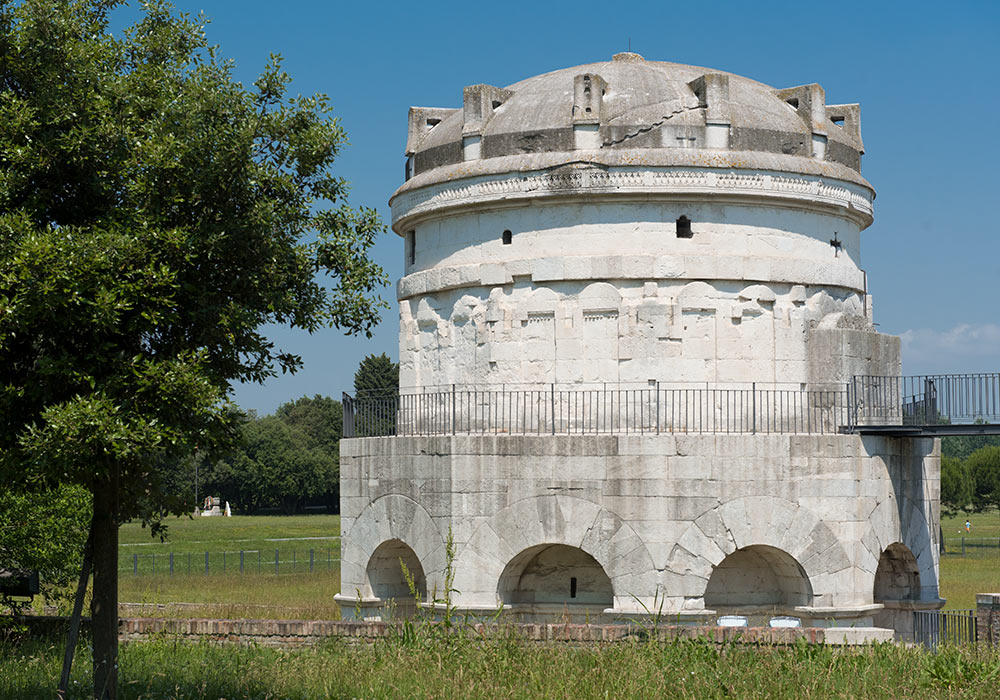
Theoderic the Great (454 – August 30, 526 AD), often referred to as Theodoric, was king of the Ostrogoths (475–526),[1] ruler of Italy (493–526), regent of the Visigoths (511–526), and a patricius of the Roman Empire. His Gothic name Þiudareiks translates into "people-king" or "ruler of the people".
The Basilica of San Vitale
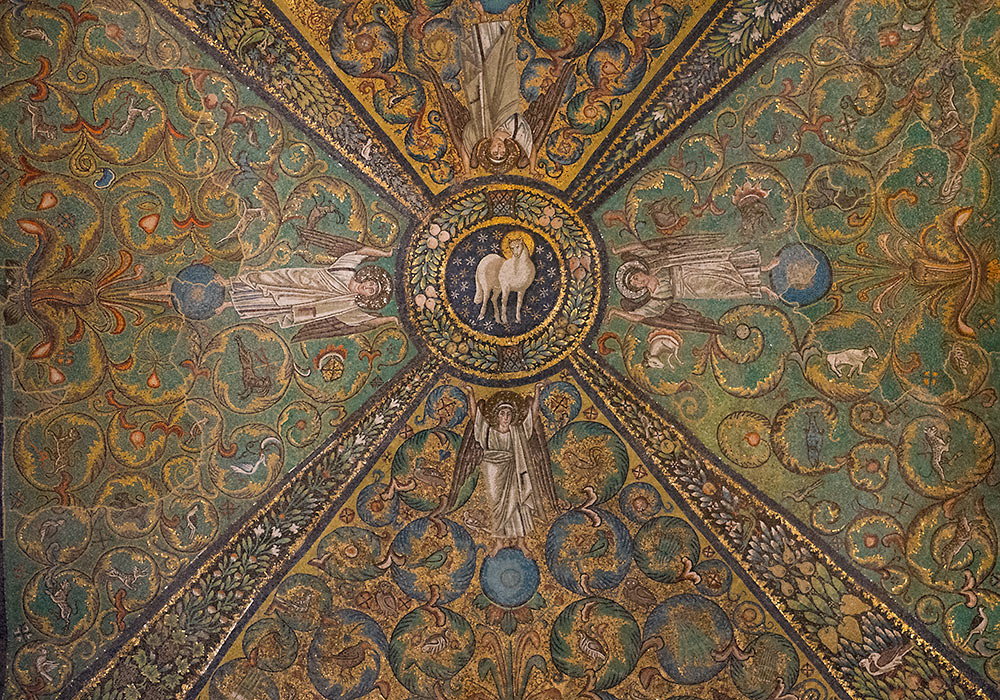
The Basilica of San Vitale. Building started in 525, consecrated in 548.
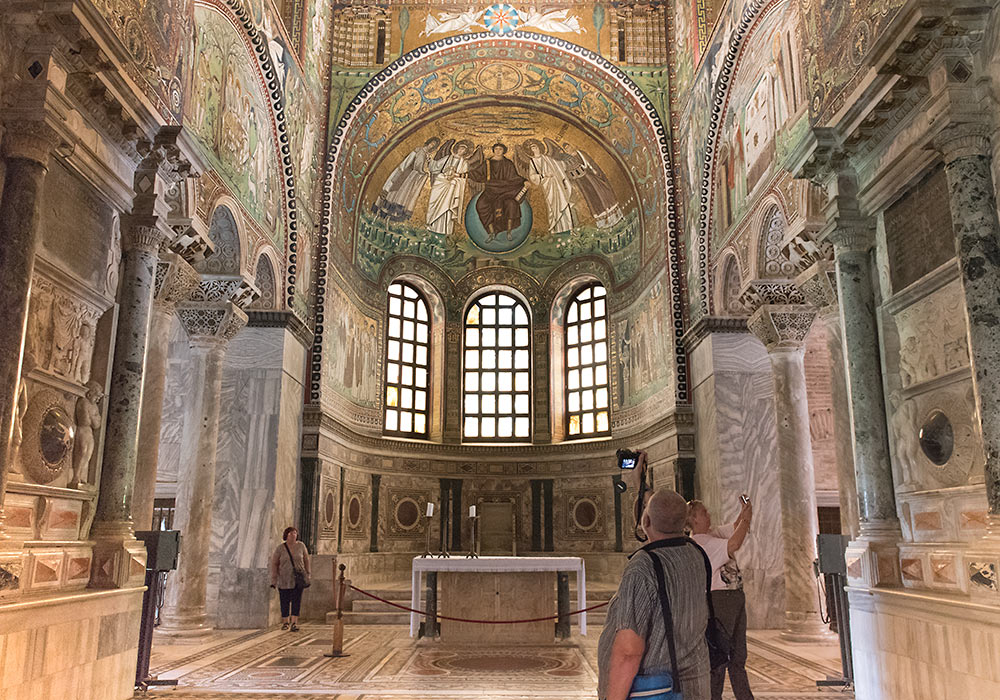
San Vitale.
OFF TOPIC: New York - Napoli - London - Ravenna - Prague - Svalbard - Stave churches in Norway - Gotland -

